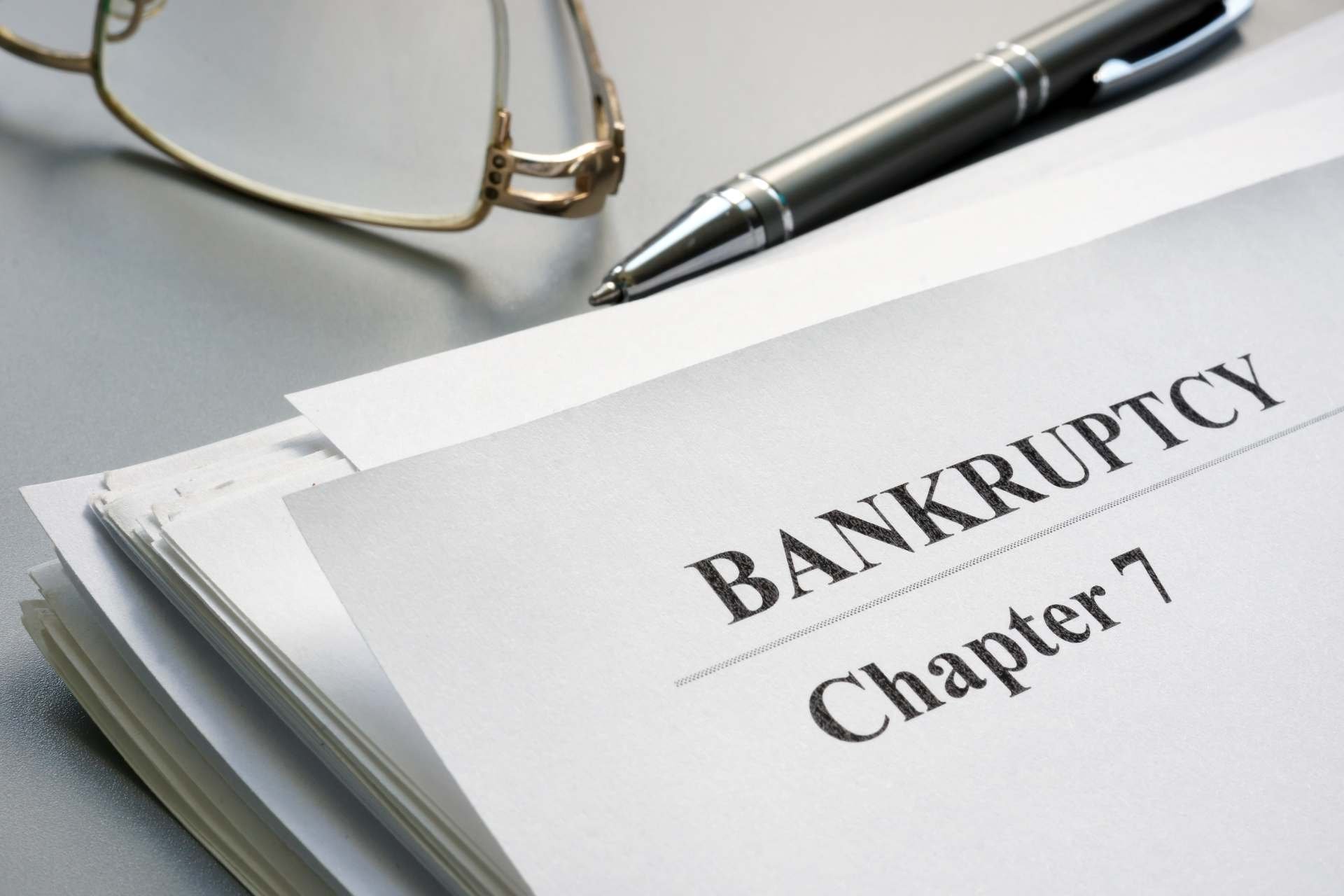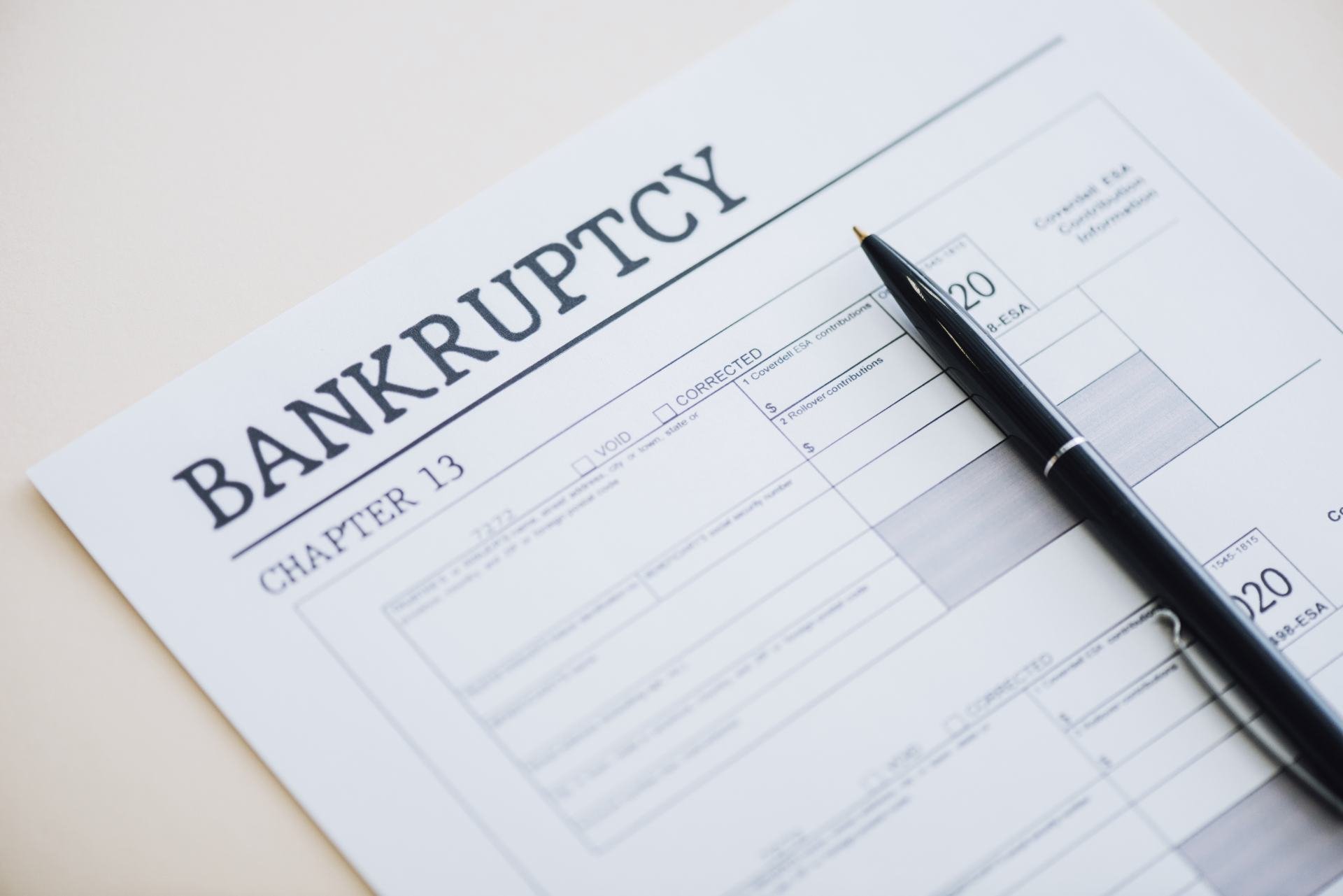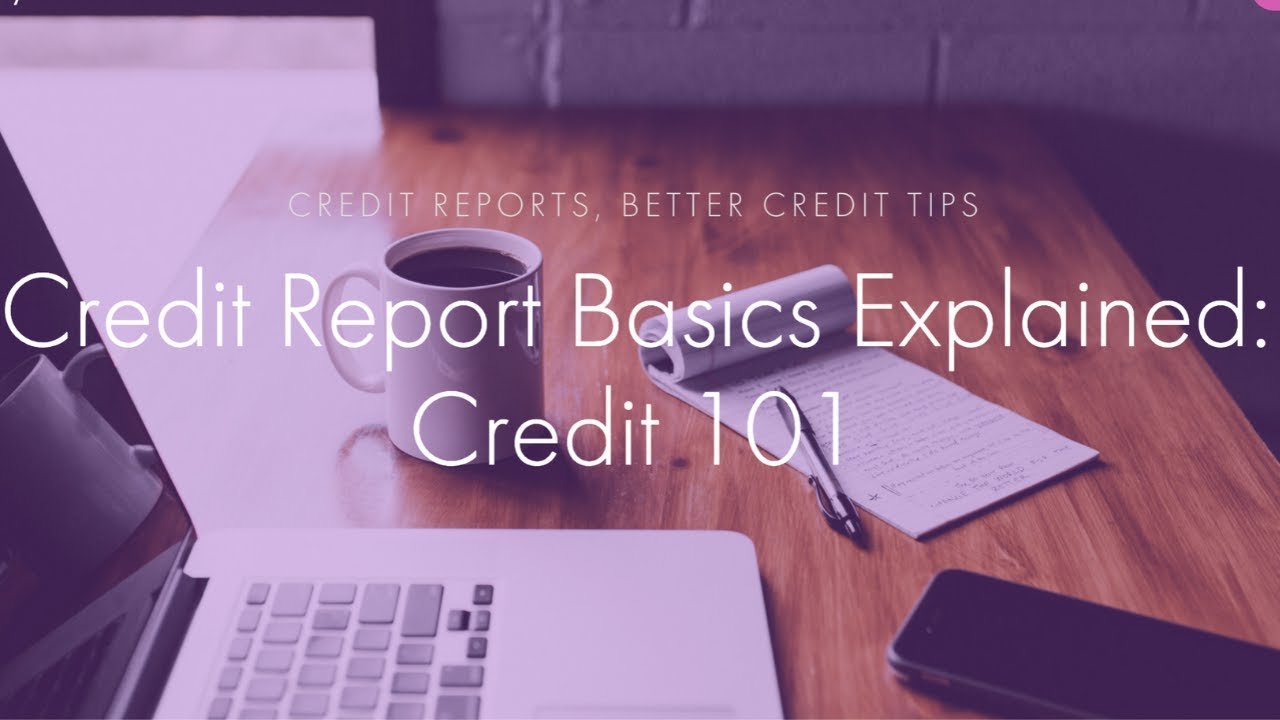How To Refinance After Bankruptcy: Debt to Freedom
Going through a bankruptcy is difficult and uncomfortable. Often when you are facing bankruptcy, you are in a financial situation where you do not have a choice. The time after a bankruptcy is often just as complex as going through the bankruptcy because of how your credit is impacted.
When you have a lowered credit score, it prevents you from gaining new credit, getting insurance, and potentially from getting a job. If you are thinking about refinancing, it may be difficult. It will not be impossible, but you should know some details about how to refinance after a bankruptcy. This article gives you all the details you need to make sound decisions.
Is It Possible To Refinance After Bankruptcy?
The simple answer is yes, it is possible to refinance after you file for bankruptcy. However, it may not be easy.
You may not be able to refinance immediately after a bankruptcy. You may have to wait a few years before you can try to refinance. It also is going to require a lot of effort on your part to repair your credit so that a reputable lender will approve your refinancing.
Not only do you want to be approved for the refinancing, but you also want to get a reasonable rate. It is critical to keep in mind that there are some predatory lenders that prey on people with credit problems. There are two types of bankruptcy that may impact how your credit is impacted.
Different Types Of Bankruptcy
You should be aware of the two different types of bankruptcy: Chapter 7 and Chapter 13.
Chapter 7
Chapter 13
Chapter 7 bankruptcy is more commonly referred to as a traditional bankruptcy. This type of bankruptcy discharges your debts. As a debtor, you may have to liquidate your property to resolve your debts. There are some exemptions that protect you from having to liquidate your primary residence and one personal vehicle, as long as they are within certain limits. Your personal belongings may also be excluded. As a result, you may be able to walk away from court mostly debt-free. Chapter 7 stays on your credit report for ten years.
Chapter 13 bankruptcy is not as harsh as Chapter 7. It will not resolve all of your debt, but it allows you to restructure your debt and hold on to your property. This process allows you to spread your payments out over more extended periods of time.
You may have the option to pay back only a part of your loan instead of the loan in full. You can expect that a Chapter 13 bankruptcy will stay on your credit report for seven years.
When To Refinance After Bankruptcy?
You cannot refinance your house while you are going through bankruptcy. There is no lender that will allow a debtor to receive a loan while going through bankruptcy. Even if a lender approves it, it is unlikely that a bankruptcy court will allow it to happen. Lenders are hesitant to lend money to someone that is going to be a risk. They do not want to lend to someone that might default on the loan. When you have defaulted already, lenders are even more hesitant to lend to you for fear that it will happen again.
When you have a bankruptcy on your credit report, you have to wait for the waiting period to end before you can refinance your mortgage. When you have a Chapter 7 bankruptcy on your record, there is a different waiting period based on the lender. For example, if you want a government back loan, like a VA or FHA loan, you must wait at least two years after the discharge date before you can refinance a loan.
What Are The Benefits To Refinancing After Bankruptcy?
There are many benefits to refinancing after a bankruptcy. These benefits include:
-
If you refinance your mortgage, you can receive a lower payment each month. However, you will have to agree to a longer-term to pay back the loan. Having a lower monthly payment can help keep you from falling back into debt that you cannot repay. There are online calculators that you can use to help you determine how much you can save. You may have a higher interest rate as a result of the bankruptcy if it is still on your credit report.
-
Many bankruptcy proceedings let you keep some form of equity in your house. For example, you may qualify for a cash-out refinance. That means you take on a principal balance that is higher, but you get the difference in cash from the lender. This allows you to have the cash to put towards your debts to help improve your credit.
-
Interest rates may be lower now than when you first got your mortgage. When you have a lower interest rate, it can help you save thousands. However, you should be careful because there is no guarantee that you will get a lower interest rate if you have a bankruptcy on your credit.
What To Consider Before Refinancing?
There are a few other considerations you must keep in mind before you go forward with refinancing.
First, you must have the minimum credit score. When you file bankruptcy, it drastically impacts your credit score. As a result, you may need to increase it to meet the minimum requirements before you can apply for a refinance. You should know your credit score by pulling your credit report. You should also understand the minimum requirements before you apply for a refinance.
There will be closing costs associated with your refinance. You will have to pay for them, but you may not have the money saved as a result of the bankruptcy. The closing costs can be anywhere between 2% to 6% of the total value of your loan. If you have enough equity in your house, you may be able to fold the costs into principal.
Steps To Take To Refinance
The first step you want to take is to find a lender of your choice and apply. It would be best if you shopped around to see which lenders have the best options for you. Different lenders have different requirements as it relates to credit score and the down payment when you refinance
When you choose a lender, you need to have certain documents available at the time of your refinance. These documents include W-2s, recent pay stubs, and recent bank statements.
After the application is complete, you can lock in your interest rate. These rates change regularly, typically on a daily basis. Once you lock in your interest rate, it will remain at that rate until you close your refinance.
Next, the lender you select underwrites your loan when you submit the necessary documents and paperwork. This is when the lender makes sure that you meet the minimum standards for a refinance and verifies your income.
Once all these steps are complete, a closing date may be scheduled.
Need More Help?
When you are going through a bankruptcy, it can be a challenging time. But, you do not have to go through it alone. At The Goalry Mall, we provide you with information and assistance with your debts. We have experts who can provide you with significant information to help you through your bankruptcy. We can help you understand your debt, create goals, and make a plan to pay off your debt. In addition, we teach you how to track your debt to income ratio. When you track your debt, it helps you understand your buying habits and can help you find your way out of debt and stay out of debt. Visit us at The Goalry Mall to see how we can help you.
Conclusion
One of the first questions you might ask yourself is how to refinance after a bankruptcy. This may be an important question to you that you want to answer. When you find yourself in a position where you file bankruptcy, you should think about your spending habits that got you into this financial situation. When you determine your spending habits, it can help you stay out of debt in the future. If you follow the information in this guide, it can help you determine the best way to refinance.
Find Refinance Options. Deal with Your Debt. Meet Debtry.





